Kanae Yamamoto and Japan art: Economic perils of his early life (Part One)
Lee Jay Walker
Modern Tokyo Times
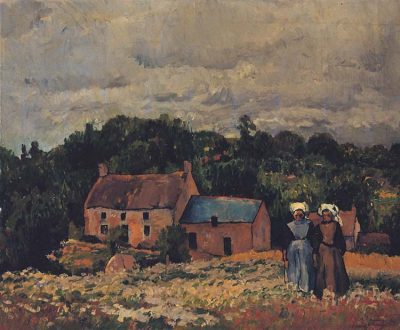
The artist Kanae Yamamoto (1882-1946) witnessed many momentous historical events throughout his lifetime. Yet, despite the waves of changeable times – irrespective if modernization or militarization, this famous artist remained passionate about art and depicted many themes. At the same time, while international art impressed and inspired Kanae, he still was intrigued by the rich artistic legacy of the Edo Period.
Remarkably, in a historical sense, the ravages of conflict in Europe did not impede his art. Hence, between 1912-1916 he developed his art in Europe despite the hostile climate that was destroying much of Europe. Of significance to Kanae was the impact of Russian peasant crafts along with the impact of children’s art in this nation.
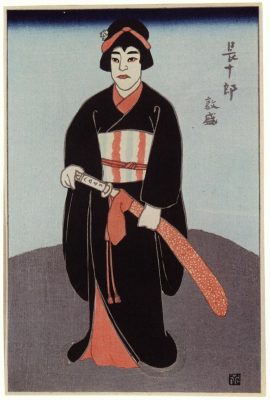
Ironically, the historical and modernizing reality of the Meiji Era (1868-1912) enabled Kanae to turn to art. This is based on the family legacy of being medical specialists in the field of Chinese medicine. However, the onset of the Meiji government meant that only licenses were given to specialists who followed the discipline of Western medicine.
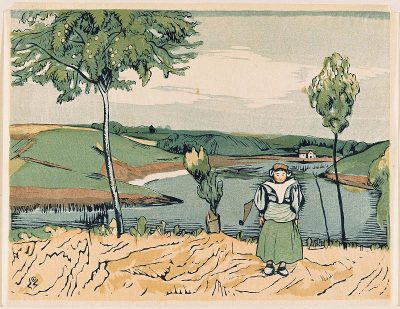
Economic wise, his family situation was difficult, therefore, Kanae went through the traditional experience of being an apprentice. This was based on the need for Kanae to focus on his future at the age of eleven because his family could not fund his schooling. Of course, it is over-simplistic to say that this was “a blessing in disguise” but in the years to come to the knowledge he obtained – and the tenaciousness he needed – all imbued a strong determination.
Hence, before studying at an art school – despite the indebtedness of his father – the skills obtained by Kanae and his knowledge of technical changes meant that he knew the path he wanted to follow. After all, at such a young age Kanae knew about wood engraving, tonal gradation, book illustrations, photoengraving, letterpress printing, and other important areas. Equally important, Kanae knew that technological changes – and the impact of Western art – all led to rapidly changing times.
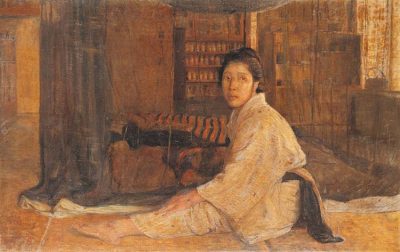
Despite the economic angle Kanae was determined to become a painter. Yet, given the indebtedness of his father in 1902, he enrolled to study at the Tokyo School of Fine Arts but under the sufferance of silence. Similarly, Kanae knew that he had to support himself and rely heavily on friends during this period. Therefore, after graduating in 1906 – and with financial problems still inflicting his family – Kanae now intended to become financially independent.
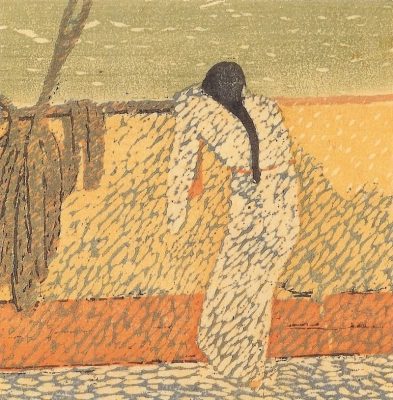
It is known that in this early period of his artistic life that he deeply admired the French artist Pierre Puvis de Chavannes. Yet, just like Japan itself since the Meiji Era, the flows of East and West – openness to a strong Japanese identity – also impacted on Kanae. Hence, despite the impact of Western art and ideas the young Kanae turned the clock back and focused on ukiyo-e prints. However, true to the nature of such a turbulent period by 1912 he now set sail for Europe, where this period would install a new Kanae because he grew dramatically in these four years (1912-1916).

Modern Tokyo News is part of the Modern Tokyo Times group
http://moderntokyotimes.com Modern Tokyo Times – International News and Japan News
http://sawandjay.com Modern Tokyo Times – Fashion
https://moderntokyonews.com Modern Tokyo News – Tokyo News and International News
http://global-security-news.com Global Security News – Geopolitics and Terrorism
PLEASE JOIN ON TWITTER
https://twitter.com/MTT_News Modern Tokyo Times
PLEASE JOIN ON FACEBOOK
https://www.facebook.com/moderntokyotimes
Some Japanese art and cultural articles by Modern Tokyo Times are republished based on the need to inform our growing international readership about the unique traits of Japan.